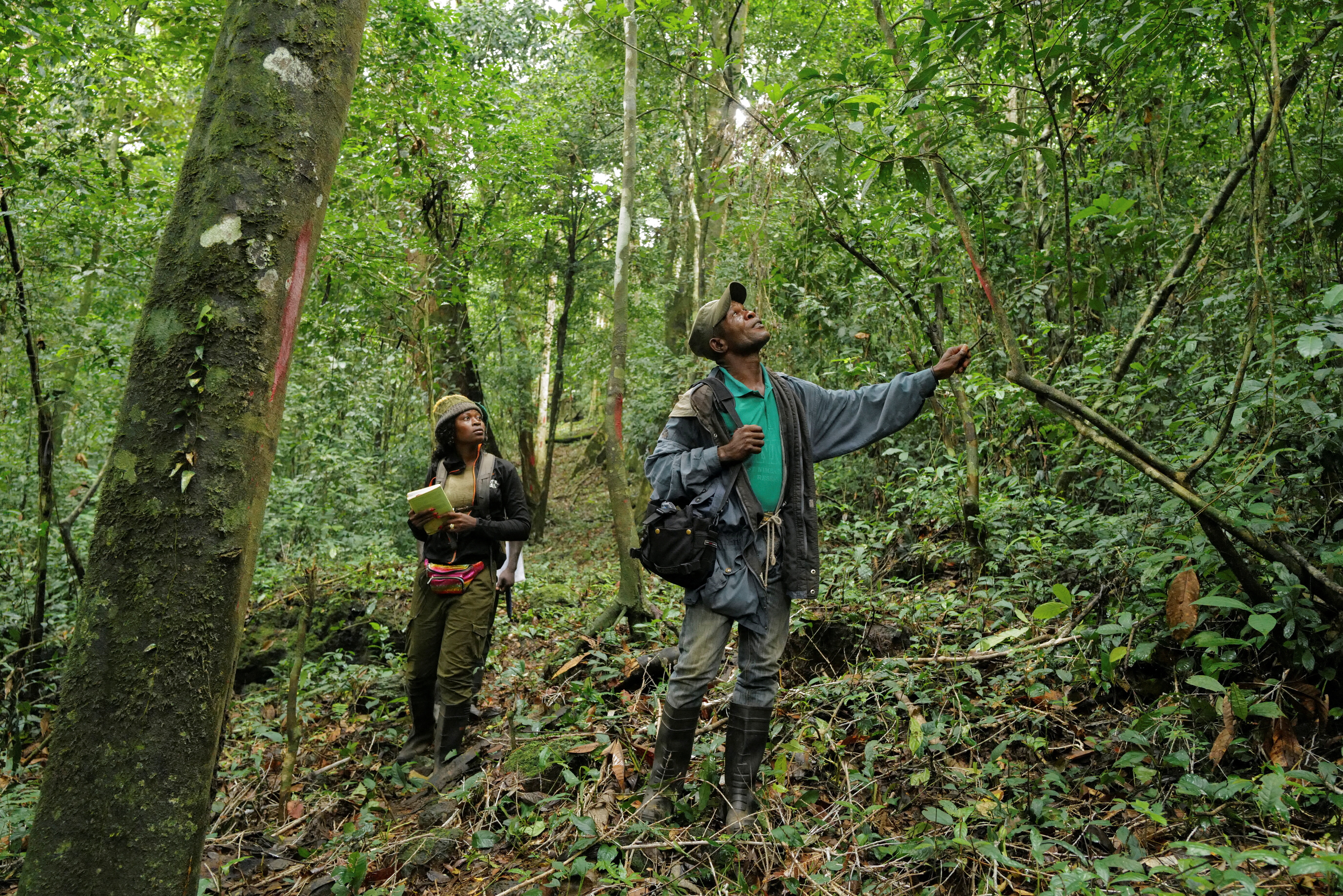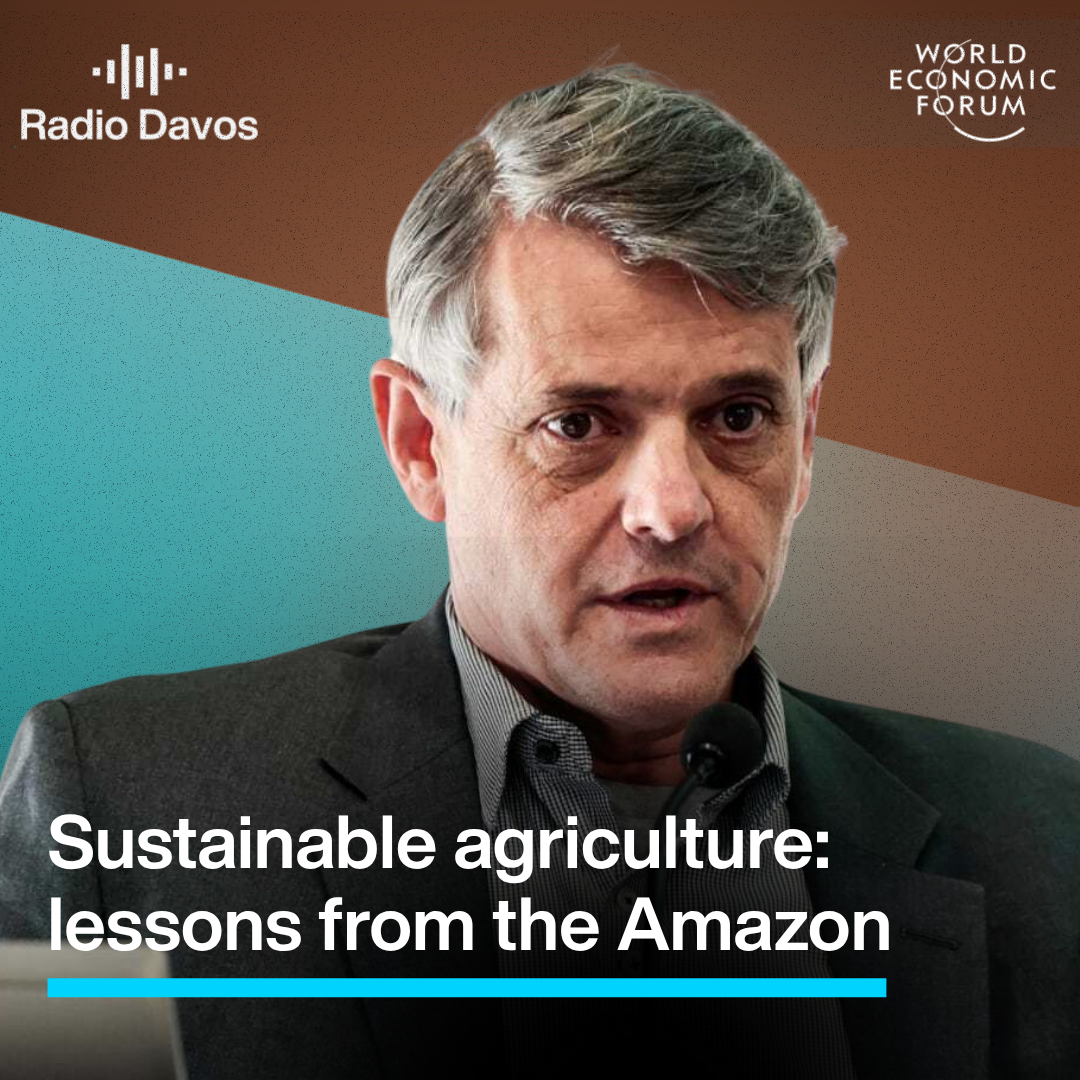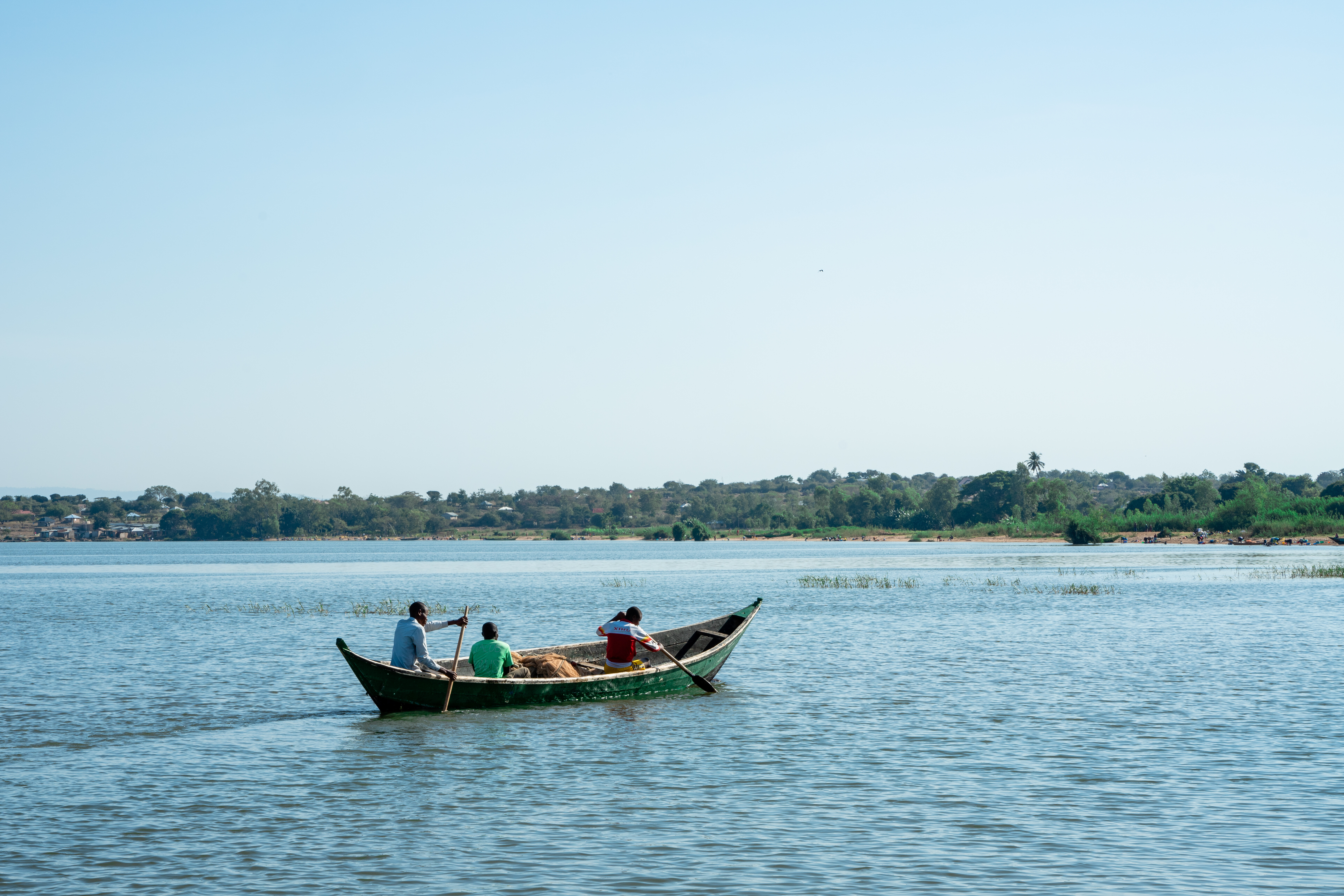To fight food insecurity in Malawi, don't just plant crops, plant trees

Maize is a critically important crop in Malawi. Image: REUTERS/Mike Hutchings
In a country where 71 percent of the population lives in extreme poverty and nearly everyone depends on rain-fed agriculture, maize is Malawians’ lifeblood. Yet climate change threatens this critically important crop.
The Famine Early Warning Systems Network (FEWS NET) predicts that maize yields will decrease by 10 percent this year due to the combined effects of a prolonged drought and the invasion of a maize-destroying armyworm introduced from Latin America. It’s just the latest setback in the country’s long history of food insecurity: According to the International Monetary Fund, 65 percent of all households in Malawi (84 percent of rural households) reported experiencing food insecurity for at least one month of 2013, a 15 percent increase from 2010.
Satellite and other data reveal one strategy that could help—restoring degraded landscapes.
The Global Adaptation Score Index rates countries on their vulnerability to climate change and ability to improve resilience. The lower the score, the greater the vulnerability. Malawi scores a 38 out of 100. Learn more by exploring the Vulnerability to Climate Change Index on Resource Watch.
Improving Food Security with Forest Landscape Restoration
Malawi launched its National Forest Landscape Restoration Strategy last year. A key goal is to improve food security through implementation of agricultural technologies, which is a type of forest landscape restoration.
The practice involves increasing tree cover on degraded, low-yield croplands through climate-smart farming practices such as farmer-managed natural regeneration and agroforestry. Increasing tree cover on croplands naturally stabilizes soil from erosion and increases nutrient availability without the use of costly and environmentally-damaging fertilizers. According to an analysis in the National Forest Landscape Restoration Assessment, there are 3.7 million hectares (9.1 million acres) of land in Malawi (39 percent of the entire country) that could benefit from the application of agricultural technologies that improve crop yields.
So where can these agricultural technologies be best deployed?
Overlaying a map of opportunity for agricultural technologies with a map of areas predicted to be most susceptible to food insecurity between June and September of 2018 (available via FEWS Net and Resource Watch), reveal that there are nearly 430,000 hectares of cropland in high-risk areas that could have their yields increased through climate-smart agricultural technologies. Focusing implementation on areas that are regularly at risk for food insecurity could increase the availability of crops for more than 1 million people, improving nutrition and reducing reliance on humanitarian aid over the long term.
A version of this blog post also appears on the Resource Watch blog.
Don't miss any update on this topic
Create a free account and access your personalized content collection with our latest publications and analyses.
License and Republishing
World Economic Forum articles may be republished in accordance with the Creative Commons Attribution-NonCommercial-NoDerivatives 4.0 International Public License, and in accordance with our Terms of Use.
The views expressed in this article are those of the author alone and not the World Economic Forum.
Stay up to date:
Food Security
Forum Stories newsletter
Bringing you weekly curated insights and analysis on the global issues that matter.
More on Food, Water and Clean AirSee all
Wesley Spindler, Laura Fisher and Luna Atamian Hahn-Petersen
November 18, 2025







